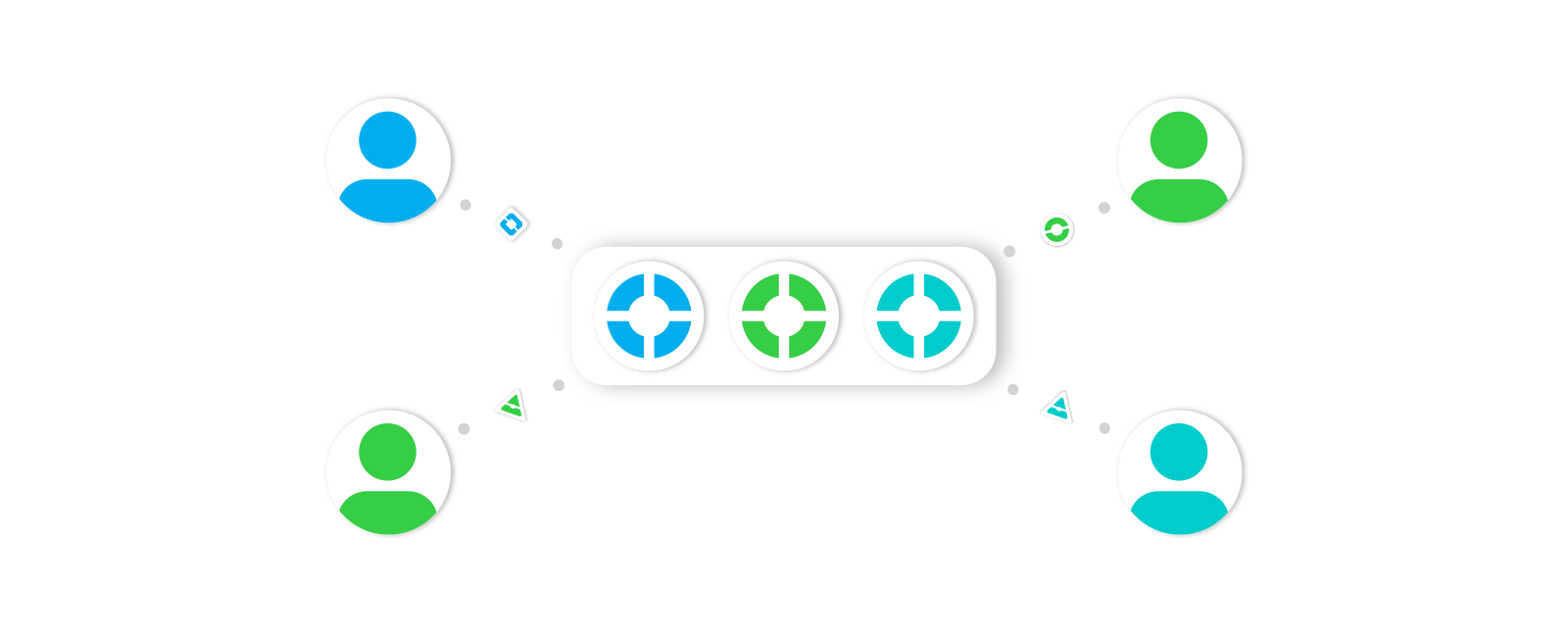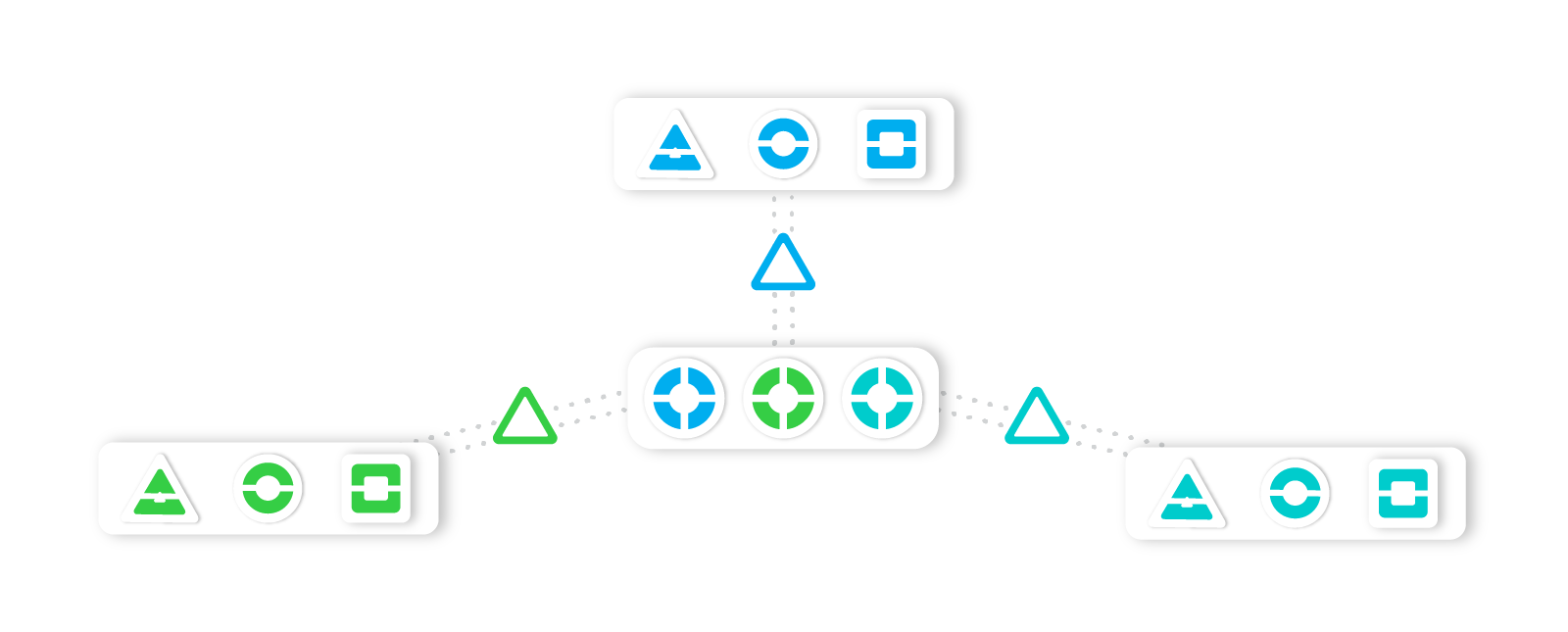The world of work is undergoing massive transformation, with more and more people opting for independent, flexible work arrangements that allow them greater control over their lives. While this trend can benefit employers and employees, managing contractors can pose a unique set of challenges for companies.
The complexities of managing a remote workforce can be overwhelming, from ensuring compliance with labor laws to handling invoicing and payroll.
This article will explore companies’ challenges when managing contractors and the importance of leveraging technology to stay competitive. By this article’s end, readers will better understand how to manage contractors effectively and improve their business operations.
The Challenges of the Future of Work
The shift towards more independent, contractual work is growing as people seek greater autonomy. Whether it is freelance, contract, or gig-based employment, the flexibility offered by such options puts people in charge of when and how they work.
That is positive for both employers and employees as employees have greater control over their work hours and conditions while companies get access to a larger pool of workers for specific tasks.
However, there are challenges in managing contractors. It can be complex, and the risks associated with contractor management are high. Employers must ensure their contractors meet the requirements regarding contracting arrangements and set clear expectations regarding quality, timeliness, and performance.
They should also factor in additional expenses or costs that may apply to meet specific deadlines. Companies must implement accurate invoicing practices to streamline payments and keep track of performance benchmarks.
Beyond this, contractors have different tax obligations than regular employees, so it is critical to understand the complexity of these requirements and stay abreast of ongoing changes. Likewise, certain legal restrictions may apply when it comes to payment terms or termination of contracts. Ensuring compliance with all applicable laws is also essential to limit potential liabilities or disputes.
The Importance of Leveraging Technology
Leveraging technology is crucial for companies utilizing flexible talent to stay competitive. With a complete, unified system, streamlined management becomes much easier for teams, whether dealing with multiple remote contractors in different locations or individual clients nearby.
The right technology can provide significant benefits, such as faster processing of payments to contractors as well as improved communication between team members involved in a particular project.
Too Many Systems – Unrelated Data
Traditionally, companies have had to rely on disparate systems and data sources to manage their contractors effectively. This reliance on uncorrelated data often leads to inefficiency, data duplication, and inaccuracies. Simply put, it makes compensating contractors and managing their contracts more difficult.
The disconnect between these three main elements—employee information, contractor details, and time and expense records—can create substantial challenges regarding contractor management. Companies often struggle to align employee- and contractor-related processes because their independent systems don’t communicate efficiently. In addition, if expenses need to be approved or any special compliance procedures surface, this process can become quite cumbersome without dedicated applications for tracking contract-related activities.
On top of all these, there is the challenge of keeping track of all the various types of expenses associated with each contractor working across multiple projects, which can result in serious cash flow issues if not properly managed and accounted for on time.
With time tracking fragmented across an organization that uses several contractors at once, key performance indicators may show inaccurate figures because of missing information or incorrect categorization of tasks by contractors versus those completed by permanent employees.
Even when companies have centralized systems for managing contractors, there isn’t always a consistent connection between them and other business functions, such as payroll or back-office HR systems, that could help streamline the entire process.
Solution #1: Connecting Your Tech Stack
One solution to address companies’ challenges when managing contractors is connecting your tech stack, which involves integrating all the necessary data into a single platform. That allows for seamless communication between the different components of the contractor lifecycle, from sourcing to onboarding and performance management, all the way down to payment.
By connecting all these components into one platform, companies can streamline processes and save time on manual tasks such as entering and updating data about each contractor.
Identifying Systems for Integration
The first step in connecting your tech stack is identifying the systems you use to manage contractors. That can include HR systems, accounting software, project management tools, and other software applications. Once you have identified them, you can look for integration solutions to connect these systems.
Choosing the Right Integration Solution
Integration solutions can range from simple tools that transfer data between systems to more complex platforms that provide a unified view of all data. When selecting an integration solution, it is essential to consider factors such as ease of use, security, scalability, and cost.
Advantages of a Connected Tech Stack
The end goal of this process is to create an efficient workflow that eliminates bottlenecks, reduces errors, and ultimately allows managers and contractors to work together more efficiently and productively.
This comprehensive system can also track details such as time spent on contracts, contract status changes, payments, expiration dates, vacation days, and project progress. By having this visibility into all aspects of a contractor’s life cycle, companies can have greater control over compliance issues such as tax liabilities or discriminatory behavior that may arise with contingent labor arrangements.
By connecting their tech stack, companies can also automate processes related to contractor role creation and ensure the accuracy of the information within each job advertisement. An integrated system can benefit employees and employers by clearly laying out rights and responsibilities while leveraging technology for improved efficiency across different departments.
This single source of truth allows for enhanced collaboration between HR personnel who manage staff accordingly while enabling managers to set proper expectations to meet their goals.
Overall, connecting your tech stack provides some advantages related to properly managing contractors’ roles from start to finish. It reduces operational costs in areas such as compliance. It saves valuable resources typically used on manual interventions associated with any top-down organizational changes or personnel onboarding processes caused by fluctuating levels in demand for specific professionals or upcoming projects that need additional resources quickly.
Solution #2: Build It on One Platform
Identifying Core Systems
First, identifying your core systems is critical. Identifying your core systems is essential for your business operations, such as customer relationship management (CRM), talent resource management (TRM), and human resource information systems (HRIS). These are the basis for your tech stack.
Determining Common Integration Points
The second is examining the data that each system captures and determining common integration points. Identify areas where you can share data between different systems.
Defining Your Integration Strategy
Third, you must define your integration strategy. Decide on an integration strategy that best fits the complexity of the projects, the volume of transferred data, and the maintenance needs of your organization. You can use pre-built connectors, custom APIs, or third-party middleware platforms.
Creating a Timeline for Integration
Fourth, create a timeline for integrating each system, prioritizing those impacting business operations most heavily. Estimate the resources needed and the potential impact on stakeholders during testing.
Building and Monitoring the Platform
Once you have chosen the strategies and formulated the timelines, you can begin building the platform, including constructing APIs and leveraging existing connectors/middleware software.
The last step is to monitor the data flow while addressing any issues to guarantee that your desired setup remains functional well into future iterations.
Benefits of a Unified Data Platform
By following these steps, you can build a platform that integrates data from your core systems, providing significant benefits to multiple departments within your organization, including HR, recruitment, sales, and finance.
One main benefit of such platforms is that they give strong visibility on existing operations within an organization and afford better decision-making abilities that help managers accurately measure key performance indicators (KPIs). With this platform in place, departments can work collaboratively and leverage analytical solutions to enhance their specific tasks.
For instance, HR professionals can use a unified dashboard to track changes in personnel over time, while sales teams can monitor trends in customer acquisition through records. This improved understanding helps each department establish better objectives that align with company goals and ambitions.
The relationship between the two can inform hiring decisions or even dreaded layoffs. Either way, integrating data becomes invaluable for organizations seeking optimization and opportunities.
Besides functional analytics capabilities, creating an integrated platform offers numerous advantages for financial management and reporting purposes since teams can identify areas that could be more profitable and adjust strategies accordingly.
It simplifies tedious financial processes by connecting disparate sources of information while preventing inaccuracies due to duplicate entries or lack of updates from various departments. Furthermore, integrating into one platform also enables better communication between different teams, which boosts productivity levels within the organization overall.
The trend towards independent, flexible work arrangements has brought unique challenges to companies managing contractors. The complexity of managing remote workers can be overwhelming, from ensuring compliance with labor laws to handling invoicing and payroll.
Connecting your tech stack and building it on one platform can provide significant benefits, such as faster processing of payments to contractors and improved communication between team members.
Key Takeaways: Efficiently Managing Contractors in the Cloud Era
With a unified system, companies can streamline processes, save time on manual tasks, reduce errors, and ultimately allow managers and contractors to work together more efficiently and productively. The right technology and platforms allow companies to adequately manage contractors’ roles from start to finish while reducing operational costs and saving valuable resources typically used on manual interventions.
At Kizen, we built an industry-tailored, revenue-driving platform ready to supercharge your business.
We have the expertise to deploy custom tools, workflows, and automation in weeks, not months, without disrupting your current operations, plus all the integrations to connect your existing software applications or replace them when advantageous. Connect with us on our website, and we’ll schedule a time to chat.











